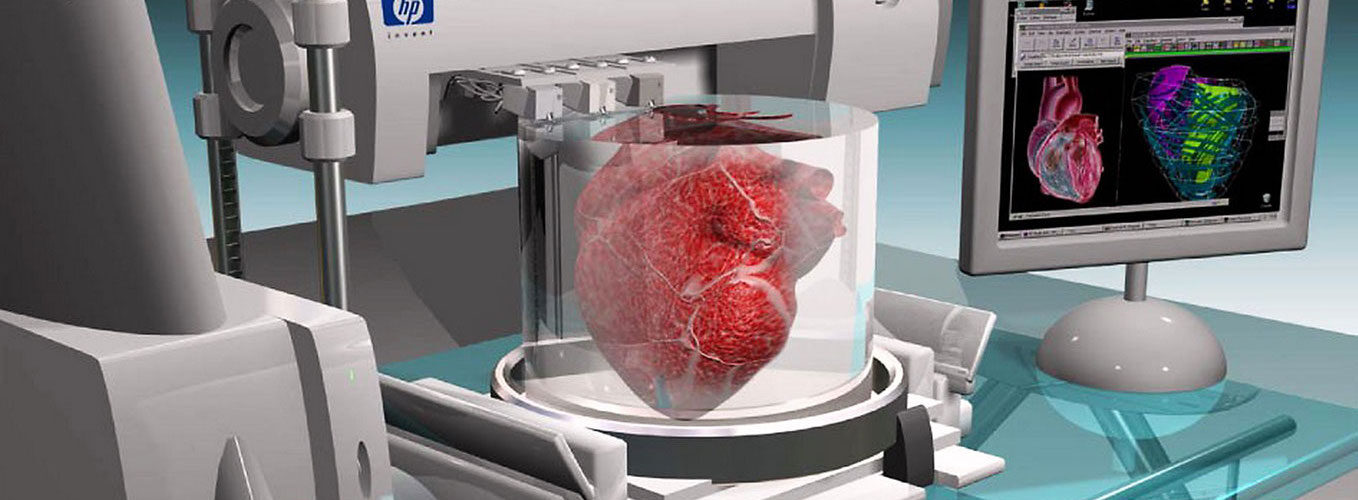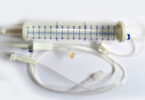Organ failure is a great challenge that must be overcome. The best alternative offered by medicine is organ transplants, which face numerous problems.
Organ transplantation is usually performed by first putting a donor organ into cold static storage (SCS) to slow down its metabolism. In case the organ stays too long in SCS, hypoxia (lack of oxygen) can cause serious tissue damage. Since not all organs are compatible with all patients, this causes severe shortages and long waiting lists. To further complicate matters, the organs must be transplanted quickly, otherwise they would lose their functions.
3D printing, specifically bioprinting, tries to step in here and recreate these organs from scratch. In some cases, such as that of the bladder, it has been achieved successfully. The more complicated organs have proven to be an even greater challenge to conquer.
Bioprinting is a method of manufacturing cell structures from bioinks loaded with stem cells, the biomaterial is deposited to create skin, tissue, or even an organ. It is still a bit early to have bioprinted organs that are viable and durable over time, and that is the challenge facing our researchers. However, advances are rapid and, in the long term, bioprinting could make it possible to address the lack of organ donors or, simply, to better understand certain pathologies. Some of the main 3D organ bioprinting projects are listed below.
A 3D bioprinted miniature human heart, a Boston University research group has used the technology to develop a miniature replica of a human heart. The device could be used, for example, to better understand how the heart grows in an embryo, how heart tissue is affected by diseases, or the efficacy of new drugs to treat them.
The 3D bioprinting of kidneys for renal failure, the purpose is not only to relieve patients from dialysis treatment and give more time until transplantation, but also to act as a replacement organ in the future.
Bioprinting a 3D cornea, to solve the blindness problem suffered by millions of people worldwide, a research team in India has successfully completed the development of the first 3D bioprinted cornea. It has only been tested on rabbits.
Bioprinting of an ovary in 3D, could be used in the treatment of endocrine and female reproductive diseases.
Favorably, work has been done on bioprinting to alleviate the two major problems mentioned: lack of donors and compatibility problems. For this reason, there are many other projects that are under investigation worldwide, to improve people’s health and provide a better quality of life.
https://www.3dnatives.com/es/proyectos-bioimpresion-organos-tejidos-impresos-3d-070420202/#!
https://www.lanacion.com.ar/tecnologia/como-la-impresion-3d-de-organos-se-esta-transformando-en-el-futuro-de-los-trasplantes-nid08092022/









